TREMAYNE: The tragic story of Mexico’s F1 heroes Pedro and Ricardo Rodriguez

.webp)
Mexico’s best circuit – the Autodromo Hermanos Rodriguez – is named in honour of the country’s two great F1 drivers, legendary brothers Pedro and Ricardo Rodriguez. Ahead of this weekend’s race at the track that bears their name, F1 Hall of Fame journalist David Tremayne remembers their tragic story…
They were born in Mexico City, Pedro on January 18, 1940, Ricardo on February 14, 1942, and were close friends as well as brothers. Pedro saw in Ricardo the spark of unique talent; Ricardo learned from his older sibling’s own impressive performances.
Next Up
Related Articles
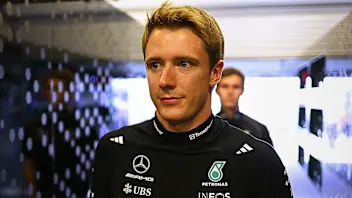 ExclusiveVesti on life as Mercedes reserve and his F1 plan
ExclusiveVesti on life as Mercedes reserve and his F1 plan F1 AcademyHaas name Countryman as 2026 F1 ACADEMY driver
F1 AcademyHaas name Countryman as 2026 F1 ACADEMY driver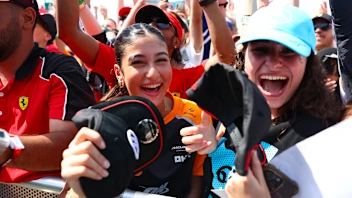 Formula 1’s record-breaking 2025 season in numbers
Formula 1’s record-breaking 2025 season in numbers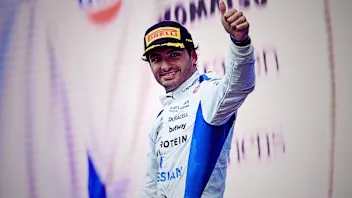 ExclusiveWhy Sainz feels ‘vindicated’ after his first Williams year
ExclusiveWhy Sainz feels ‘vindicated’ after his first Williams year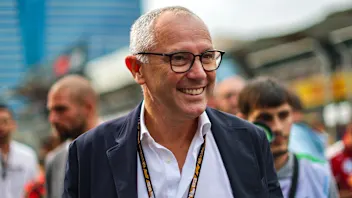 F1 CEO Domenicali reflects on 'phenomenal' 2025
F1 CEO Domenicali reflects on 'phenomenal' 2025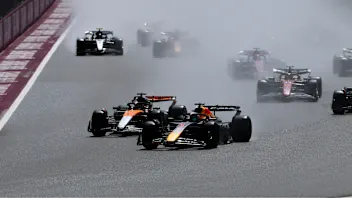 REVEALED: Your favourite race of the 2025 season
REVEALED: Your favourite race of the 2025 season
